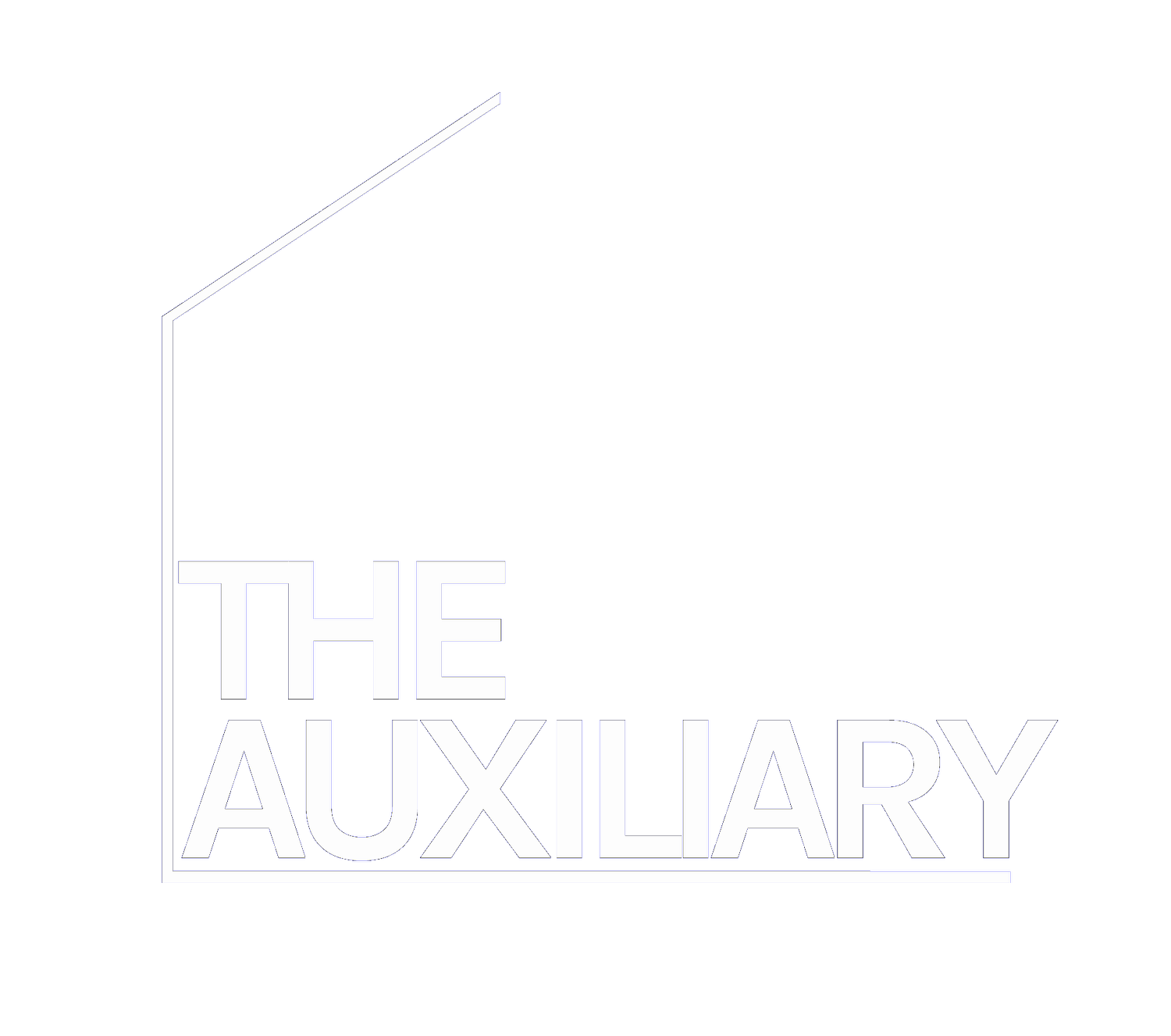A trip to Unit 41
Richie Culver’s recent exhibition Coping ran from 17 February – 15 March. In this write-up, Amirehsan Nouhi - who has been interning with us and keenly exploring exhibitions across the town; offers a thoughtful perspective on Unit 41, Industrial Coast’s latest show.
His review of Coping offers a perspective of depth and insight; and is accompanied by exhibition photography from Rachel Deakin.
__
A review of Richie Culver’s Coping by امیراحسان نوحی // Amirehsan Nouhi
Through six visceral works—ranging from text-based prints to a striking slaughterhouse photograph and steel installation—Culver examines class, economic struggle, and personal identity. Coping is an unflinching look at survival, labor, and aspiration, asking whether we are truly living or just getting by.
Richie Culver’s exhibition "Coping" currently on show at Industrial Coast in Middlesbrough is a provocative and visceral set of works that explore the experience of class, economic struggle, and personal identity. The show is made up of six pieces that work together to tell a story that relates the artist’s own lived experiences, as well as wider concerns about economic mobility and labor and survival.
On entering the exhibition, the first work the visitor encounters is a black print containing white text that reads “secret second family” partially obscured by white spray paint. This welcomed bungled erasure is an immediate tone setter for the show, an exhibition inscribed with themes of concealment, hidden struggle and the messiness of personal relationships. The second work, hung next to it on a neighboring wall, is a white-on-black print of text describing a financial dynamic between man and joint romantic partner. The declaration, one that is almost clinical in its dissection of a relationship predicated on economic dependence, leads audiences to consider the transactional underpinnings of love and support. The third piece is a mirror image of this one, but it’s been defaced with black spray paint, reinforcing notions of censorship, erasure and maybe the uncomfortable truths left out.
The fourth, a gigantic, wall-size photographic print of a slaughterhouse, marks a shift in visual language. The image perspective draws the viewer’s eye into the center, ensconcing them in the stark, industrial brutality of the scene. This piece harkens back to one of Culver’s major touchstones, manual labor and the kind of work available to people, like himself, who exited school with few formal qualifications. It also recalls historical artistic reference, from Rembrandt’s carcass paintings to , addressing the industrialisation of both labour and suffering.
That last piece, a line of thirteen steel hoops is a metaphor to cattle gates, brings home the ideas of control, repetition, and economic entrapment. Thirteen is a number often associated with bad luck, indicating doom and inevitability. This work and the image of the slaughterhouse confront the viewer with the often rendered invisible sight of food production, or at least skipped over, mechanics of economic survival.
Culver’s “Coping” is a deeply personal but widely shared exhibition. It asks us if we’re living or just getting by, and inspects the structures “both personal and systemic” that tell us what role we’ll have in the world. The strength of the exhibition is in a balance of raw, at times aggressive directness, a layered meaning that makes the viewer wrestle with discomfort and the realities of class, labor and aspiration. Indeed, this is an exhibition that sticks with you well after you’ve left the space, not unlike the cultural influences that helped inform Culver’s own artistic journey.
Look out for more programmed from Industrial Coast Unit 41 very soon in their with a new exhibition Always Seen but Overlooked opening on 24 March curated by Cal Dyer








